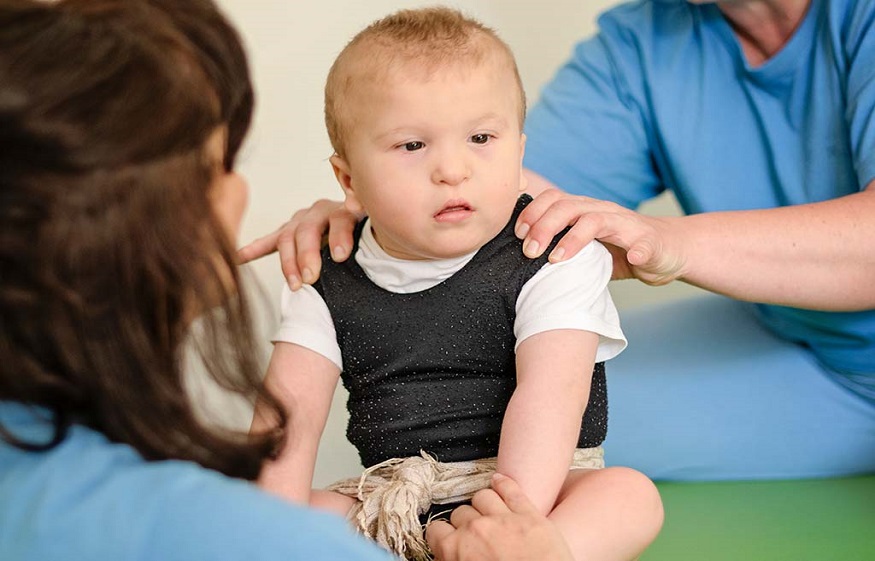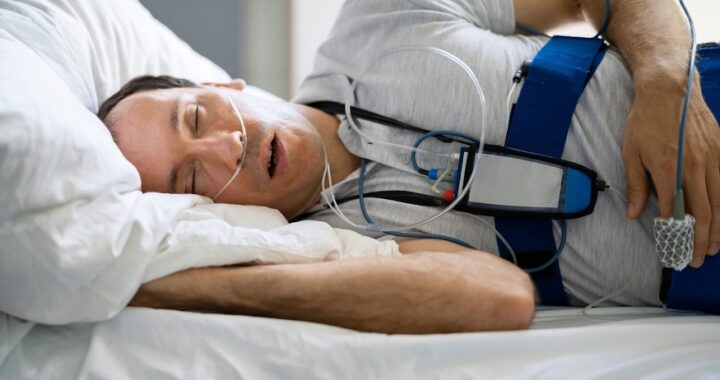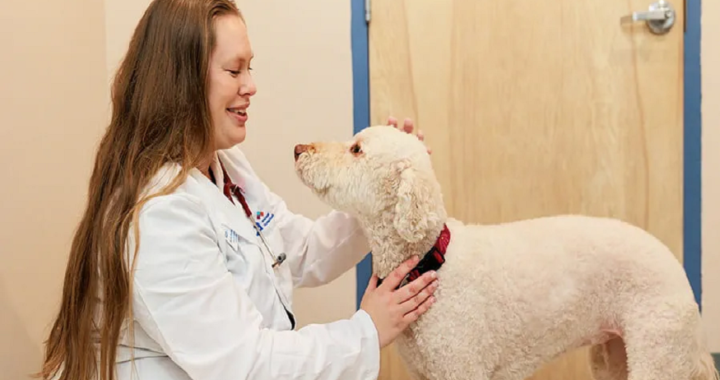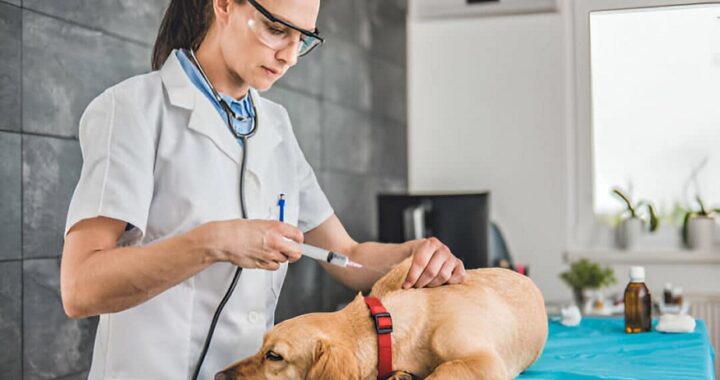Everything You Need to Know About Erb’s Palsy Treatment

What is Erb’s palsy? This is a health condition characterized by arm’s weakness and/or paralysis, but it depends on the severity of the condition. This condition occurs as a result of complicated child delivery. During the delivery, the brachial plexus nerve cluster in the child’s upper arm gets damaged. The condition is manageable through various treatment options.
However, the treatment option depends on the severity of the condition. Physical therapy is the most common treatment procedure for Erb’s palsy for minor damages. Below are the treatment options you need to know.
Physical therapy
A child is subjected to physical therapy sessions. It is important to have a professional physical therapist with vast knowledge in pediatric care handle the therapy. In mild cases, the therapy sessions will help to strengthen and cure the affected area. However, in severe cases, physical therapy is used after a surgical operation to facilitate an effective healing process.
A good therapist will as well provide you with essential instructions on how to manage the therapy while at home to facilitate a faster treatment procedure. Also, the therapist will help you with skills to take care of the injured area properly.
Recreational therapy
Recreational therapy is vital after basic physical therapy. It basically relies on recreational therapists and parents’ efforts. It encourages the child to engage in recreational activities that involve the movement of arms and the shoulder. The recreational therapist will engage your child in various activities like crawling, finger painting, eating food, climbing, etc.
The activities need not be so intensive as not to cause more harm to the child’s arm. As a caregiver, make sure you need to follow the instructions given by the therapists while at home with your child.
Occupational therapy
Occupational therapy refers to the form of therapy offered after surgery. In most cases, occupational therapy is recommended for people who have sustained long-term damage. Specialists in occupational therapy work closely with the patients and guides them with different tasks such as drawing, tying shoes, eating, just to mention a few. Just like physical therapy, occupational therapy requires the use of specialized equipment. Parents should as well be provided with home programs and instructions for continuing treatment at home.
Surgery
The primary role of surgery is to maximize the child’s ability to recover and heal. It is typically offered in the event that there are no signs of healing for a period of more than six months or when therapists deem the recovery process too slow. Surgery helps in the repair of nerve damage as well as relieving pressure from the brachial plexus. As such, it enables natural healing. As much as physicians strive to avoid operating on younger patients, surgery is recommended when the injury seems to be severe. In other instances, care providers recommend therapy only if there is no adequate specialized equipment.
Upon undergoing surgery, doctors recommend that the child moves on with physical therapy. It is offered in conjunction with occupational therapy for quite some time. Nonetheless, in more adverse cases, a child might experience other issues after surgery and continuing therapy

 WHAT IS SLEEP APNEA AND WHY SHOULD YOU CARE?
WHAT IS SLEEP APNEA AND WHY SHOULD YOU CARE?  WHAT IS A VASECTOMY? EVERYTHING YOU NEED TO KNOW
WHAT IS A VASECTOMY? EVERYTHING YOU NEED TO KNOW  Vaccination Schedules For Cats And Dogs: What Every Pet Owner Should Know
Vaccination Schedules For Cats And Dogs: What Every Pet Owner Should Know  The History and Cultural Significance of Ayahuasca
The History and Cultural Significance of Ayahuasca  Understanding Common Health Issues in Small Animals: Insights from a Veterinarian’s Perspective
Understanding Common Health Issues in Small Animals: Insights from a Veterinarian’s Perspective  Navigating Your Pet’s Health: What to Expect from Your General Veterinarian
Navigating Your Pet’s Health: What to Expect from Your General Veterinarian  Tennessee Men’s Clinic Highlights the Transformative Power of Fitness on Men’s Lives
Tennessee Men’s Clinic Highlights the Transformative Power of Fitness on Men’s Lives  Behind the Scenes: A Day in the Life of a Veterinary Hospital Staff Member
Behind the Scenes: A Day in the Life of a Veterinary Hospital Staff Member